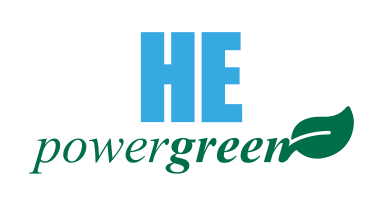-
Alcune linee guida di progettazione per adattare una turbina ad asse verticale Darrieus per l’uso in applicazioni idrocinetiche
TITOLO RIVISTA: 76°Congresso ATI – Volume 312, 2021 TITOLO ARTICOLO: Some design guidelines to adapt a Darrieus vertical axis turbine for use in hydrokinetic applications (Alcune linee guida di progettazione per adattare una turbina ad asse verticale Darrieus per l’uso in applicazioni idrocinetiche) AUTORI: ESTRATTO: The use of vertical-axis turbines is raising interest in the field…
-
Caso di studio di una turbina idrocinetica a flussi incrociati in uno stretto canale prismatico
TITOLO RIVISTA: Ocean Engineering – Vol. 234 – Ocean Engineering fornisce un mezzo per la pubblicazione di lavori originali di ricerca e sviluppo nel campo dell’ingegneria oceanica TITOLO ARTICOLO: Case study of a cross-flow hydrokinetic turbine in a narrow prismatic canal (Caso di studio di una turbina idrocinetica a flussi incrociati in uno stretto canale prismatico)…
-
L’impianto completo
L’installazione della quarta turbina idrocinetica permette finalmente di completare l’impianto, di vederlo funzionare e apparire nel suo insieme, mettendo in chiaro i punti di forza, i tratti già maturi e gli aspetti sui quali la sperimentazione deve naturalmente completare il suo percorso. E nel frattempo sta già prendendo forma il secondo impianto sperimentale senza il…
-
Si apre una nuova fase della ricerca
Siamo pronti per aggiungere altre turbine all’impianto, una alla volta fino a un massimo di tre per comprendere come si modifica il comportamento fluidodinamico di ogni macchina. Ogni singola installazione comporta un periodo di assestamento del set-up funzionale e un continuo monitoraggio dell’impianto e del canale nel loro insieme, alla ricerca della configurazione ottimale.
-
Le turbine idrocinetiche: il settore emergente dell’energia idroelettrica
TITOLO RIVISTA: QualEnergia.it – Il portale dell’energia sostenibile che analizza mercati e scenari per accelerare la decarbonizzazione dell’economia. Ogni giorno news, analisi, commenti sul mondo dell’energia. TITOLO ARTICOLO: Le turbine idrocinetiche: il settore emergente dell’energia idroelettrica AUTORI: ESTRATTO: Cosa sono le macchine motrici che trasformano il flusso di energia cinetica di correnti d’acqua marine o…
